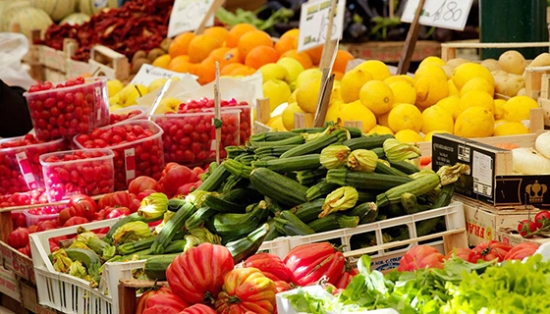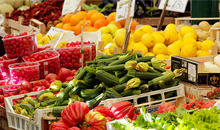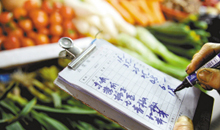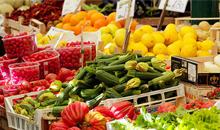China’s CPI rises at slowest pace in 6 months, PPI sees smaller fall
Source:ShanghaiDaily
China's consumer price inflation rose at its weakest pace in six months as food prices climbed more slowly in July, while the smaller drop in producer prices beat analysts’ expectations of a bigger decline.

China's consumer price inflation rose at its weakest pace in six months as food prices climbed more slowly in July, while the smaller drop in producer prices beat analysts’ expectations of a bigger decline.
The consumer price index rose 1.8 percent in July from a year earlier, compared with a 1.9 percent gain in June, the National Bureau of Statistics said yesterday. The increase was the slowest pace since January’s 1.8 percent rise.
The CPI also posted the third consecutive drop and has remained well below China’s official target of around 3 percent this year, despite concerns that disruptions to public infrastructure and agricultural production caused by the massive floods would raise inflationary pressure.
“CPI looks good partly because the food price is rising more slowly despite the floods causing vegetable prices to rise,” said Helen Qiao, chief China economist at Bank of America Merrill Lynch.
“Overall speaking, it still looks like the core CPI inflation is stable at a time when overall aggregate demand is rather sluggish.”
Food prices added 3.3 percent in July, lower than the 4.6-percent gain in June, while prices of pork rose by a slower 16.1 percent against the 30.1-percent jump in June.
Non-food inflation, however, rose 1.4 percent, compared with June’s 1.2 percent gain.
Healthcare costs rose 4.3 percent annually in July, up from a 3.8 percent gain in June, which Merchants Securities economist Yan Ling in Shenzhen said reflected a wider improvement in demand for such products.
Similarly, rises in other price categories showed increasing demand for a wider range of consumer goods and services including horticulture, pet care and retirement services, Yan said.
Low inflation means China has room to loosen monetary policy if needed, but policymakers appear to have disparate views over how much stimulus is needed to stoke economic growth, if any, and what form it should take.
Meanwhile, the country’s producer price index dropped 1.7 percent in July from a year earlier, lower than analysts’ expectations of a 2-percent fall.
Producer prices for the mining industry fell 5.6 percent in July annually, while those for raw materials eased 4.5 percent.
Non-ferrous metals prices rose 2.8 percent monthly in July, while steel prices added 0.4 percent.
Protracted declines in the PPI bode ill for industrial prospects and economic growth, as they put off customers — who seek to delay purchases in anticipation of cheaper deals in future — starving companies of business and funds.
China’s PPI has been negative for more than four years but narrowing declines in the last three months have fuelled hopes the country — a key driver of the world economy — could be reaching the bottom of a painful slowdown.
The drop was less than the 2 percent decline forecast by economists in a Bloomberg News survey, and sharply narrower than the 2.6 percent decline in June.
The improvement in PPI “should benefit the corporate sector’s profitability,” ANZ economists said in a note.
But it will mainly help state-owned enterprises, which dominate heavy industry, they added, so that the impact on private sector investment will be limited.
“The improvement of PPI should benefit the corporate sector’s profitability, but is unlikely to encourage private sector investment, as the main beneficiaries are heavy industries — which are dominated by state-owned enterprises,” they said.
“The PPI should continue to improve and turn positive in the second half of 2016,” said David Qu, market economist with the Australia and New Zealand Banking Group.
(Source: ShanghaiDaily)





 沪公网安备31010402003309号
沪公网安备31010402003309号



